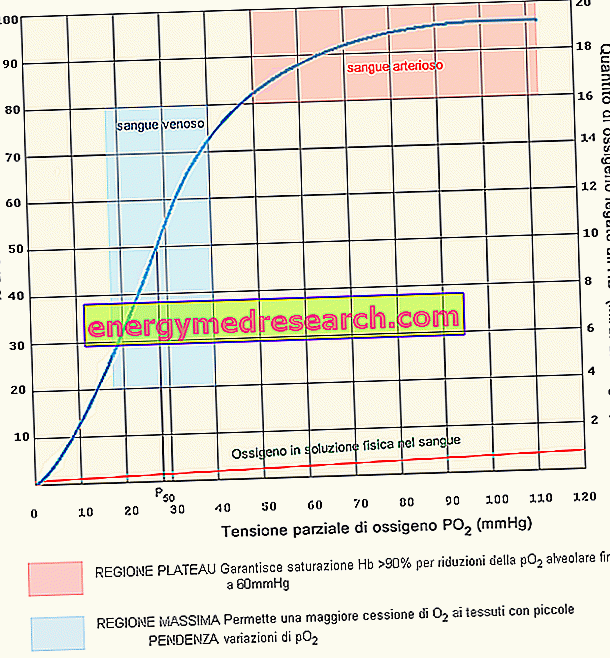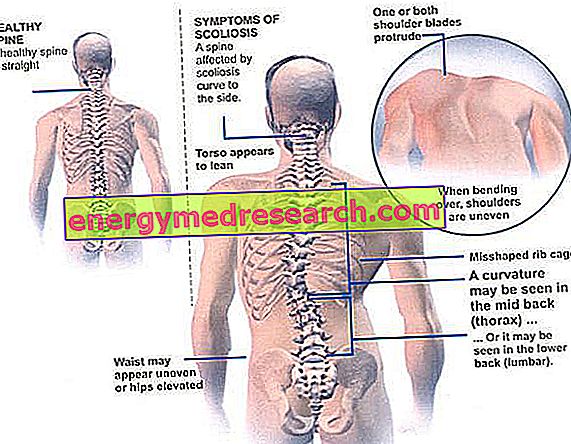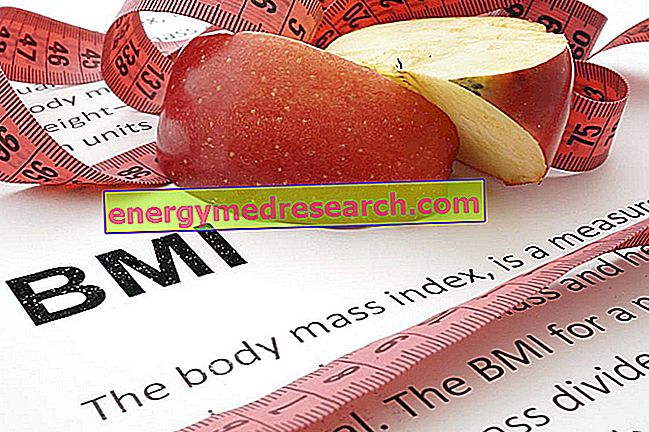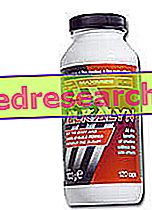Importance of hemoglobin
Oxygen is transported in the blood through two distinct mechanisms: its dissolution in the plasma and its link to hemoglobin contained in red blood cells or erythrocytes.
Since oxygen is scarcely soluble in aqueous solutions, the survival of the human organism is subordinated to the presence of adequate quantities of hemoglobin. In fact, in a healthy individual more than 98% of the oxygen present in a given volume of blood is bound to hemoglobin and transposed by erythrocytes.
Link between hemoglobin and oxygen
The binding of oxygen to hemoglobin is reversible and dependent on the partial pressure of this gas (PO 2 ): in pulmonary capillaries, where plasma PO 2 increases due to the diffusion of oxygen from the alveoli, hemoglobin binds to oxygen ; in the suburbs, where oxygen is used in cellular metabolism and plasma PO 2 drops, hemoglobin transfers oxygen to the tissues.
But what is PO 2 ?
Partial Oxygen Pressure
The partial pressure of a gas such as oxygen, within a limited space (lungs) containing a mixture of gas (atmospheric air), is defined as the pressure that this gas would have if it occupied the space considered alone.
To simplify the concept we imagine the partial pressure as the quantity of oxygen: the higher the partial pressure of oxygen, the greater its concentration. This is a very important aspect if we consider that a gas tends to spread from a point of greater concentration (higher partial pressure) to a point with lower concentration (lower partial pressure).
This law governs gas exchange at the lung and tissue levels.
In fact, at the lung level, where the air of the alveoli is in close contact with the very thin walls of the blood capillaries, the oxygen molecules pass into the blood because the partial pressure of oxygen in the alveolar air is higher than the PO 2 of the blood.
Data in hand, the PO 2 of the venous blood that reaches the pomone in resting conditions is approximately equal to 40mmHg, while at sea level the alveolar PO 2 is equal to about 100 mmHg; consequently the oxygen diffuses according to its concentration gradient (partial pressure) from the alveoli towards the capillaries. Conceptually, the passage will stop when the PO 2 in the arterial blood leaving the lungs will have equaled the atmospheric one in the alveoli (100 mmHg).
When the arterial blood reaches the tissue capillaries, the concentration gradient is reversed. In fact, in a resting cell the intracellular PO 2 is on average 40mmHg; since, as we have seen, the blood at the arterial end of the capillary has a PO 2 of 100 mmHg, the oxygen diffuses from the plasma to the cells. The diffusion stops when the venous capillary blood reaches the same partial oxygen pressure of the intracellular environment, ie 40 mmHg (in resting conditions). During a physical effort the concentration of oxygen in the cellular environment decreases and with it the partial pressure of the gas (even up to 20 mmHg); consequently the transfer of oxygen from the plasma occurs more rapidly and consistently.
As we have seen, the adequate intake of oxygen by the blood flowing in the pulmonary capillaries depends strictly on the partial pressure of the air in the alveolar sacs; we have also seen how in this place the PO 2 alveolar is normally (at sea level) equal to 100 mmHg; if this value is excessively reduced, the diffusion of oxygen from the air to the blood is insufficient and a dangerous condition known as hypoxia arises.
Hypoxia: Low Blood Oxygen
| Normal values of arterial PO 2 | |
| Age (years) | mmHg |
| 20-29 | 94 (84-104) |
| 30-39 | 91 (81-101) |
| 40-49 | 88 (78-98) |
| 50-59 | 84 (74-94) |
| 60-69 | 81 (71-91) |
The partial pressure of the alveolar air can go down at high altitude (because the atmospheric pressure is reduced) or when the pulmonary ventilation is inadequate (as happens in the presence of pulmonary diseases, such as chronic obstructive bronchitis, asthma, fibrotic lung diseases, pulmonary edema and emphysema).
The same situation occurs when the wall of the alveoli thickens or reduces the area of their surface. The speed of diffusion of oxygen from the air to the blood is in fact directly proportional to the area of the alveolar surface available and inversely proportional to the thickness of the alveolar membrane.
Emphysema, a degenerative lung disease mainly caused by cigarette smoke, destroys the alveoli reducing the area of the surface available for gas exchange; in pulmonary fibrosis, on the other hand, the deposition of scar tissue increases the thickness of the alveolar membrane. In both cases, the diffusion of oxygen through the alveolar walls is much slower than normal.
Hypoxia can also result from a reduced concentration of hemoglobin in arterial blood. Diseases that decrease the amount of hemoglobin in red blood cells or their number negatively affect the ability of blood to carry oxygen. In extreme cases, such as in subjects who have lost important amounts of blood, the concentration of hemoglobin may be insufficient to satisfy the cell's demand for oxygen; in these cases, the only solution to save the patient's life is blood transfusion.
Hemoglobin Dissociation Curve
The physical relationship between plasma PO 2 and the amount of oxygen linked to hemoglobin has been studied in vitro and is represented by the characteristic hemoglobin dissociation curve .
Observing the curve shown in the figure it can be seen that at a PO 2 equal to 100 mmHg (value normally recorded in the alveolar area) 98% of the hemoglobin is bound to oxygen.
Note that at values over 100 mmHg the percentage of hemoglobin saturation does not increase further, as evidenced by the flattening of the curve; for the same reason, as long as the alveolar PO 2 remains above 60 mmHg, the hemoglobin is saturated for more than 90%, therefore it maintains an almost normal capacity to carry oxygen in the blood. For more information, see the article on hemoglobin and the Bohr effect.

All the factors listed in the article can be evaluated through simple blood tests, such as red blood cell count, hemoglobin dosage and oxygen saturation in the blood (percentage of hemoglobin saturated with oxygen compared to the total amount of hemoglobin present in the blood).



